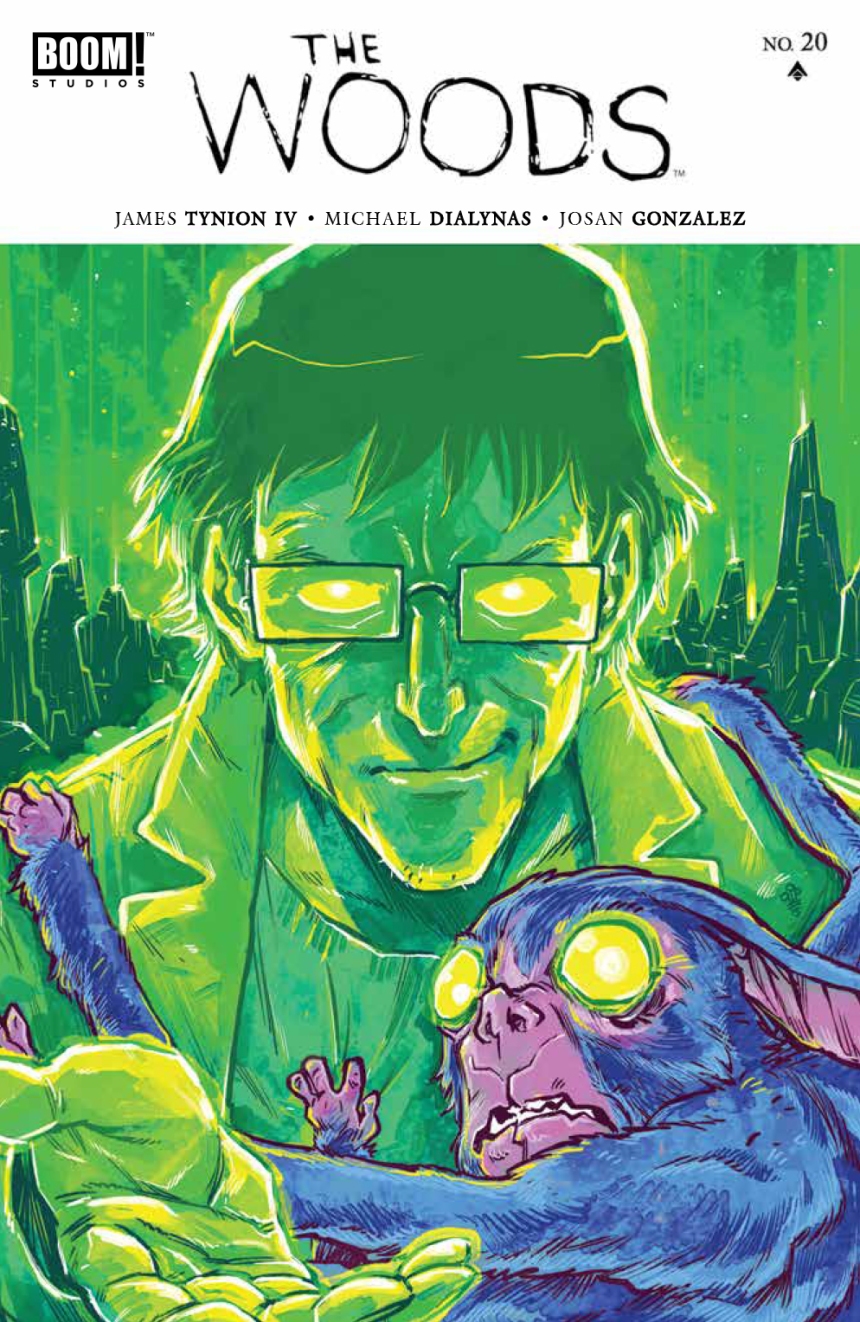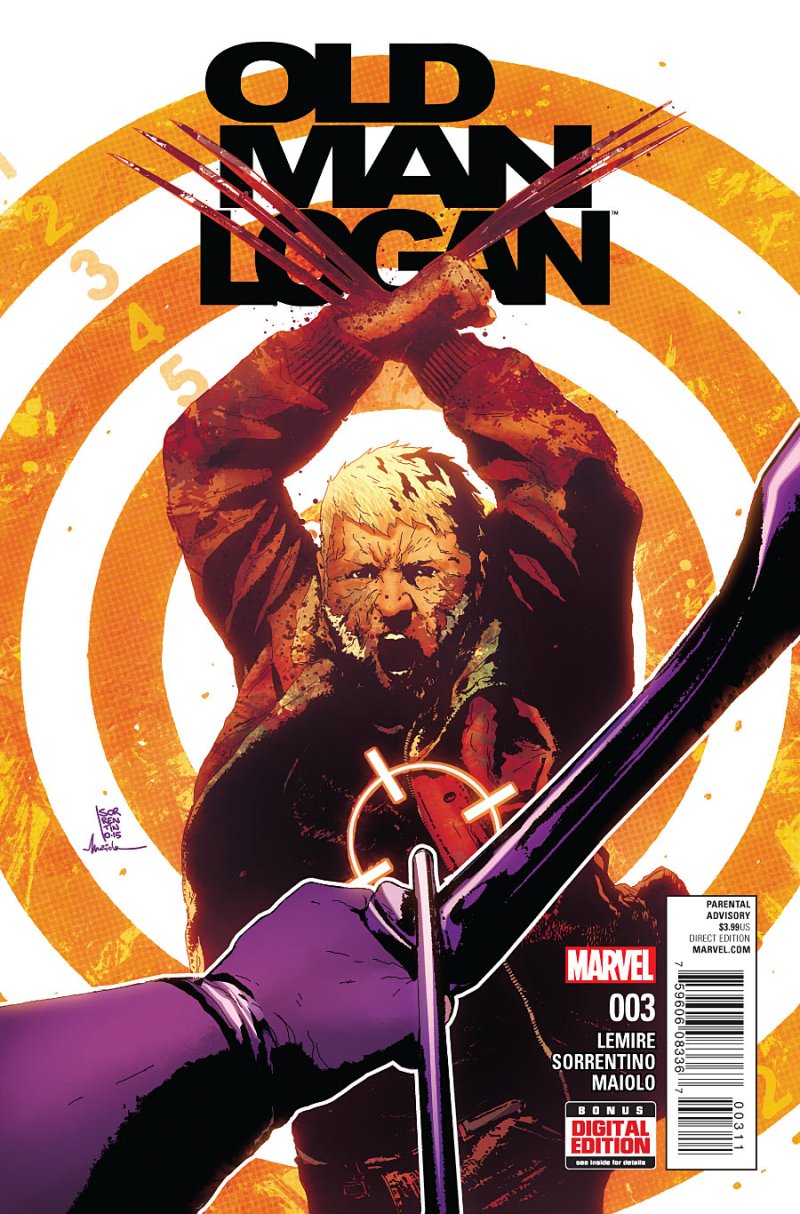Blue is Pat Grant's Australian comic about childhood, refugees, death, and urban degradation. Christian is the main character. We first see him as a 13-year-old surfer on the "wag" from school. He and his friends, Muck and Verne, ditch school to go surfing. On the way home to get their surfboards, a friend tells them that there's a dead body on the train tracks. Also, blue-skinned aliens with multiple limbs have arrived. Later, Christian is an adult in the same town, only it's almost wholly populated by "blues."
A lot of the story is similar to "The Body" by Stephen King, although Grant maintains that as a kid, he and a friend went to see the body of a boy who was hit by a train, and he's basing the story on this incident, and not that of "The Body." Even if the story is a complete ripoff of King - which I maintain it isn't - the story is so universal that I'm surprised there aren't more examples of it. What kid hasn't ridden her bike five miles to see something she shouldn't?
 Although the blue-skinned refugees are something of a minor plot element, we hear the theme loudly and clearly. Many people in Australia are saying, "no," to refugees and, "no," to immigrants. Of course, we don't have any of that in America, right? Grant is a very left-leaning comic artist, and I'm sure he means well, but his portrayal of the blue-skinned aliens might serve to inflame tensions between refugees and Australians. Maybe I'm being overly negative. I tend to think of comic-book readers as being very left-leaning because I'm a socialist, and I tend to imagine that people who like stuff I like are like me, or that merely being an artist makes one liberal. It's silly, but the fight for immigrant rights has a long and rich history in comics. On the radio show featuring him, Superman took on the Klu Klux Klan.
Although the blue-skinned refugees are something of a minor plot element, we hear the theme loudly and clearly. Many people in Australia are saying, "no," to refugees and, "no," to immigrants. Of course, we don't have any of that in America, right? Grant is a very left-leaning comic artist, and I'm sure he means well, but his portrayal of the blue-skinned aliens might serve to inflame tensions between refugees and Australians. Maybe I'm being overly negative. I tend to think of comic-book readers as being very left-leaning because I'm a socialist, and I tend to imagine that people who like stuff I like are like me, or that merely being an artist makes one liberal. It's silly, but the fight for immigrant rights has a long and rich history in comics. On the radio show featuring him, Superman took on the Klu Klux Klan. 





